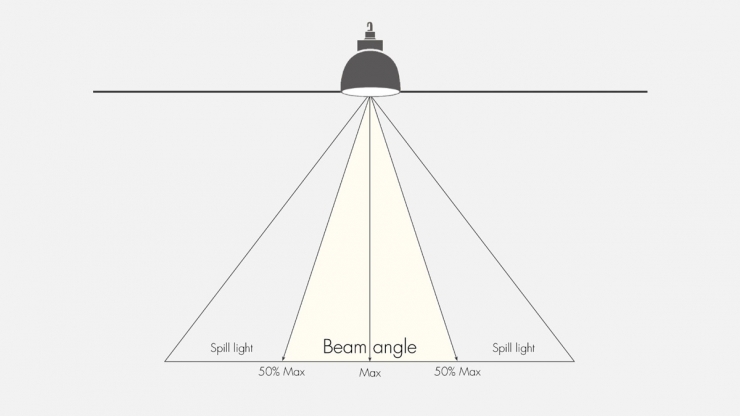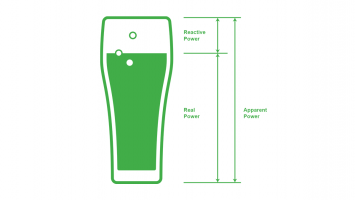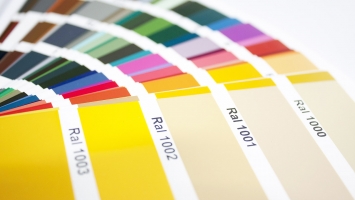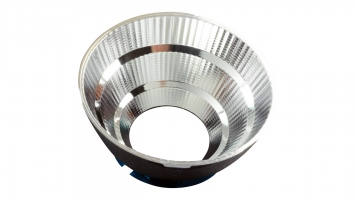
Beam angle is a statement for how a light source distributes the light. Beam angle expressed in degrees and its symbol is (°). Light sources can be classified as an acute angle from 5 degrees to 45 degrees, wide angle from 45 degrees to 120 degrees.
Lighting beam angle is calculated with Full-Width Half Maximum (FWHM). Because the point where the light is distributed, it is impossible practically to measure the light from both sides without limits. The angle which referred as beam angle is the point between the initial density of light beam till where it is dropped to 50 %. In other words, we should find the center of the light beam which means the point at which the intensity of light is greatest. Then we go to one direction where this value is the half of the initial value. The angle that we found is multiplied by 2. Therefore, we can find the beam angle.
Light beam is calculated according to ceiling height indoors, pole or mounting place height at outdoors. If a lighting equipment placed on high point, acute angle should be preferred. If a lighting equipment placed on a low point, wide angle should be preferred.
Lighting equipment with wide angle does not emit more light than acute angle. It only distributes light wider. Lumen value will stay constant when beam angle becomes acute. But light intensity which is candela value will increase.
The light of the wide beam angle lighting equipment does not transmit the light to distant points. That is why acute angle is preferred when lighting equipment placed on high points. For example, Outdoor lighting equipment which placed on high point of a pole generally distributes the light with acute angle.
Indoor lightings which have low ceiling height, wide beam angle lighting equipment should be preferred as possible. This prevents the formation of dark and very bright spots. More homogeneous lighting is obtained.
As the ceiling height increased indoors, illuminated area will be getting bigger in other words light distributed to the wider area. However, light level will be decreased in such situations. If ceiling height is higher than the standards in application area, it is necessary to do special work for this situation.
At what height and how much area will be illuminated of a specific beam angle can be calculated by simple trigonometric calculations. For such calculations, software of lighting simulation will give more accurate results.







COMMENTS
MAKE A COMMENT